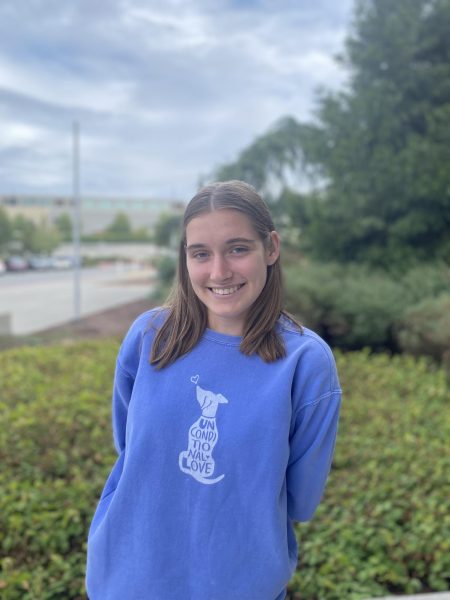Why There Should Be More Representation in Children’s Books
June 6, 2022
Reading is part of many people’s daily routine, especially when it comes to the classroom. All around the world people pick up books, whether it be to learn, escape, or connect to the characters in the story. Books can be found on the bookshelves of kids of all ages, whether you are three or 13. Whether a kindergartener flips through a picture book and sees themselves in the illustrations, text, and plot is a different story.
So, how much diversity is needed? A statistic from Verywell Mind tells us that “‘Books about White children, talking bears, trucks, monsters, potatoes, etc. represent nearly three quarters (71%) of children’s and young adult books published in 2019,’ reports the Cooperative Children’s Book Center.”
Representation is a big topic nowadays in cinema, but with books being a constant in many young people’s lives, a lack of representation can affect their view of the world. Author David A. Robertson says in an article from Education Public Library that “reading books with accurate representation helps us to understand how we see the world, why we see the world the way we do. It allows us to see the world through the eyes of somebody else.”
People read to hear and learn about other people’s stories. How they live, how they grew up, and what a normal day is like for them. If a child reads a story about a kid completely different from them, they could have a better view of the world and lives of others around them.
Robertson, writer of “The Barren Grounds,” is an indigenous author and speaks on how representation affects children, stating, “We need truth. Kids need truth more than anybody, because they are going to be our leaders.” He powerfully says, “that’s the thing with stories. They can be a force for good, or they can do a lot of damage.”
Kids do need the truth. In life they see the truth all around them, and the stories they read should reflect that. They see how others are living around them. If they see these falsely portrayed in the characters they know, it could affect them and how they treat others.
Speaking on his past, Robertson says, “When I was a kid, I could’ve learned a lot from books. The stories I read, and the stories that were read to me. But I didn’t.” He adds, “And don’t get me started on the stereotypes perpetuated on film and in the media. This absence of truth had a negative impact on my self-perception, and on how others perceived me, and Indigenous people generally.”
With accurate representation, children can see themselves in a story. They can understand not only their community better, but other communities. Empathy will grow. “This creates a community where we acknowledge our shared humanity, our experiences and respect our differences,” Roberston states.
Being honest to kids in stories is immensely important, because seeing themselves in stories can validate things that happen to them in life. Such a simple example would be a child losing a pet. Reading a book about a kid with a similar experience could comfort them. This can happen on a higher scale too. A quote from Seidlitz Education states, “Feeling validated is a basic psychological need. In the classroom, students have a strong urge to feel seen, heard, and represented. We can create opportunities for these experiences through the books on our shelves, and research shows that students are more likely to be engaged in independent reading when they have access to culturally relevant text.”
Continuing the aspect of community, Seidlitz Education also says, “If we can give our students (no matter the age/grade level) opportunities to build community together by reading books about people who are different than they are, we have a chance to build empathy.”
If in classrooms and life children have more of an understanding and empathy for each other, it can completely change the narrative. In an article from Verywell Mind, we see that “books can promote diverse intersectional experiences, with the understanding that elementary school libraries often supply books that can act as mirrors, windows, and sliding glass doors for its young readers.”
With a growth on the importance of community, respect for others, and an understanding and rise in empathy, representation in children’s books can do a world of good.


